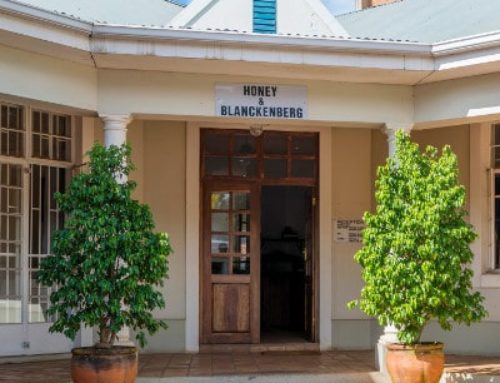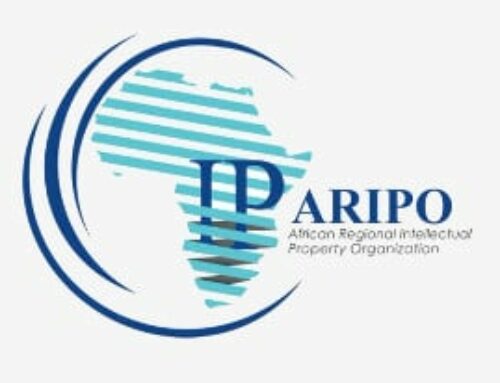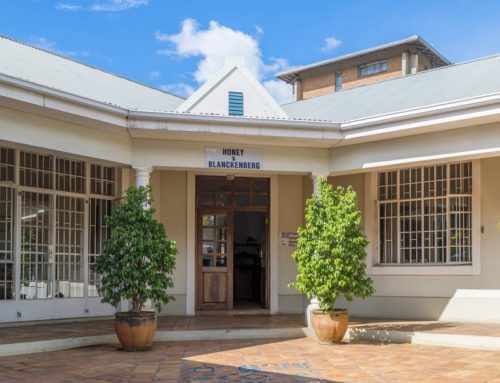Mining in Zimbabwe is primarily regulated by the Mines and Minerals Act [Chapter 21:05] (“the Act”), which amongst other things deals with acquisitions and rights to conduct exploration, prospecting and mining. The Act has not been substantively amended for more than a decade and there is need to bring the law in line with current trends in the regulation of extractive industries. Like in most African countries, investment in mining in Zimbabwe is largely foreign driven. However, according to a survey conducted in 2017 by the Fraser Institute, an international mining research centre, Zimbabwe is listed as the third least attractive jurisdiction for investment.
In the recent past, Zimbabwean law made it difficult for foreign companies to invest in the mining industry. Until March 2018, foreign companies were expected to comply with indigenisation laws as set out in the Indigenisation and Economic Empowerment Act [Chapter 14:33] (“the Indigenisation Act”).
The Indigenisation Act prescribed that at least 51% of the shares of every business with assets or turnover over a certain threshold, be owned by indigenous Zimbabweans. Since the Indigenisation Act was amended by Section 42 of the Finance Act of 2018, it now has limited application as confirmed by the insertion of Section 2A, which reads as follows:
“For the avoidance of doubt it is declared that this Act shall not apply to any business in the national economy other than those specified in section three (1) and those in the reserved sector of the economy, and that accordingly any person is free to invest in, form, operate, and acquire the ownership or control of any business not included in section three (1) or in the reserved sector of the economy.”
Section 3 (1) then goes to state that:
“The State shall, by this Act, or through regulations under this Act or any other law, secure that at least 51% of the shares or other ownership interest of every designated extractive business, that is to say a company, entity or business involved in the extraction of—
(a) diamonds; or
(b) platinum;
shall be owned through an appropriate designated entity (with or without the participation of a community share ownership scheme or employee share ownership scheme or trust, or both).”
The amendment to the Indigenisation Act has therefore made it possible for mining claims to be owned by companies that have 100% foreign owned shareholding, save in relation to diamond and platinum claims, as the Act requires at least 51% of the shareholding in companies engaged in those extractive industries to be owned by an appropriate “designated entity”. This may be with or without the participation of a community share ownership scheme or employee share ownership scheme or trust, or both. According to Veritas, an independent legal think tank, the designated entities include the Zimbabwe Mining Development Corporation, the Zimbabwe Consolidated Diamond Company and the National Indigenisation and Economic Empowerment Fund.
The requirement for majority indigenous ownership in relation to extractive industries appears to be in line with the indigenisation trends in other African countries. South Africa’s proposed Broad-Based Black Socio-Economic Empowerment Charter for the South African Mining and Minerals Industry, 2017 (the “2017 Mining Charter”) will require new prospecting and mining rights to be granted only to entities that are majority black-owned (50% + 1 vote black person shareholding).
Section 3(5) of the Indigenisation Act however appears to provide some flexibility in terms of the time period within which to comply with the requirements set out in section 3(1). Section 3 (5) reads as follows:
“In the case of a designated extractive business the Minister may permit the business in writing to do either of the following—
(a) to comply with this Act within such period as may be prescribed by the Minister so that indigenisation and empowerment quota can be achieved; or
(b) to achieve the indigenisation and empowerment quota through the use of the credits and within and for such period as the Minister shall prescribe. “
In terms of this section, affected companies may apply to the Minister for permission to comply with the Indigenisation Act within an agreed period of time. This section however does not clarify which Minister the applications are to be made to as the definitions section of the Indigenisation Act includes a line Minister and a Minister responsible for the Act. Clarity on the same will have to be provided.
Further to the amendments to the Indigenisation Act, advances have been made to amend the Mining Act. In 2015, the Ministry of Mines and Mining Development published the Mines and Minerals Amendment Bill, 2015 (“the Bill”). The Bill has been under discussion in Parliament since 2015, but efforts have recently been made to fast track its finalization and enactment. On 18
September 2018, President Emmerson Mnangagwa in his State of Nation Address placed significance on reviving the country’s mining sector and stated that the Bill would be re-tabled to address some inadequacies therein, pursuant to it taking effect. Section 393A of the Bill is one such “inadequacy”, which will require revision in light of the amendments to the Indigenisation Act as it requires companies with mining rights or title to list on the local stock exchange.
The Bill will also introduce a computerized cadastre of mining rights and title. The cadastre system is defined in the Bill as:
“the system for manual or electronic management and recording of processes that create mining rights and titles”.
This would be a welcome development as the manual system currently in use by the Ministry of Mines and Mining Development has resulted in a number of issues, including paperwork for claims being misplaced as well as dual allocations of the same claim. According to a report presented by the Parliamentary Portfolio Committee on Mines and Energy in Parliament on 8 March 2018, the benefits of the cadastre system will include:
“i Speedy recording and retrieval of mining information;
ii. Improves accuracy of locating mining properties;
iii.Eliminates miner to miner disputes associated with shifting of beacons and pegs;
iv.It creates a platform for comparison and enables competition between Zimbabwe and countries in the region, the continent and beyond.”
In conclusion, whilst it can be said that Zimbabwe has taken steps towards developing the regulation of the mining industry in a move to “open Zimbabwe for business”, it is clear that there is still some work to be done in respect of this process, more particularly, finalizing the amendments to the Act. It remains unclear, however, as to whether or not these progressive policy changes will remain consistent so as to create an environment conducive for foreign investment.
Shorai R Chidemo
Associate
Corporate & Commercial Department
All rights reserved


